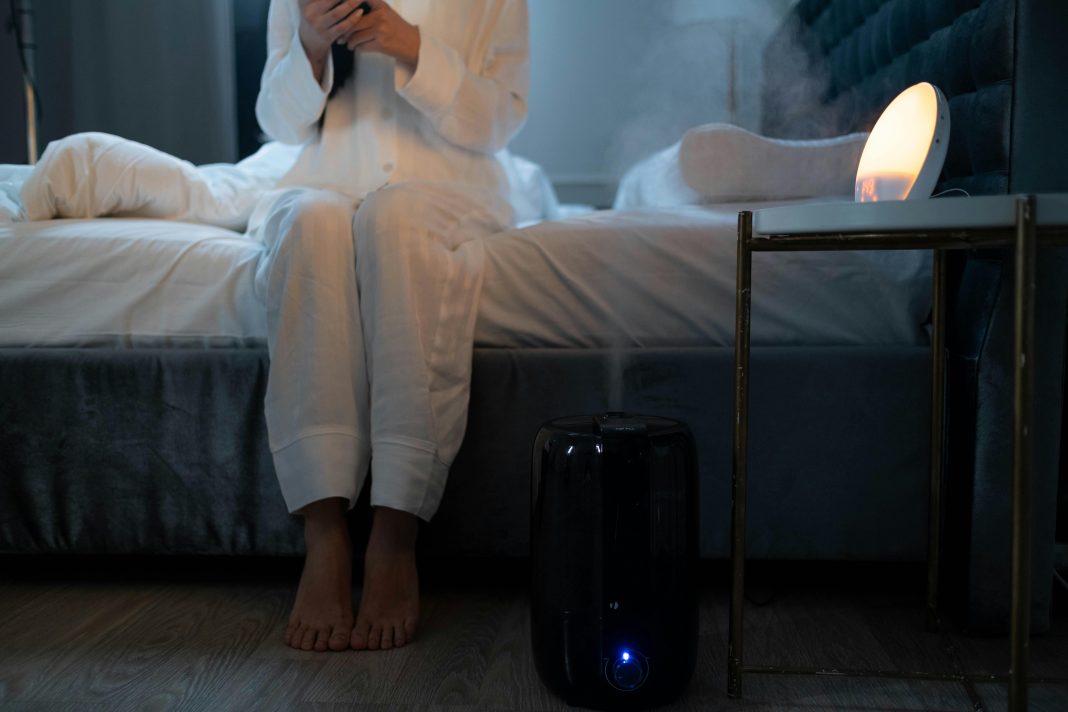Professional burnout has reached epidemic proportions across industries, with alarming consequences for both individual well-being and organizational productivity.
At the heart of burnout prevention lies a profoundly undervalued resource: quality sleep. Therapists and sleep scientists alike have noted the efficacy of various relaxation techniques, including ocean sounds for sleeping, which help establish the deep restorative states necessary to combat chronic stress accumulation.
Continue reading to discover the measurable impact of sleep on burnout prevention. Also, explore the physiological mechanisms that make sleep a powerful resilience tool and learn evidence-based sleep optimisation strategies backed by workplace performance data.
The Measurable Connection Between Sleep and Burnout
Sleep deficiency and burnout are closely linked, creating either a cycle of recovery or a downward spiral of exhaustion. Prioritizing sleep can be a powerful way to prevent burnout, enabling the body and mind to recover from daily stress.
Long-term studies tracking sleep and burnout reveal that individuals who get less than six hours of sleep per night consistently experience higher emotional exhaustion than those who sleep 7–8 hours. Even more concerning, just one week of sleep deprivation (under six hours per night) can increase inflammation markers linked to burnout and a host of diseases, including diabetes, heart disease, stroke, cancer, and Alzheimer’s.
Beyond sleep duration, sleep quality matters just as much. Frequent awakenings or disruptions, known as sleep fragmentation, have a stronger connection to burnout than total sleep time. Highly burned-out professionals experience more micro-awakenings throughout the night, even when their sleep hours appear normal.
Another key factor is recovery capacity, which refers to the body’s ability to bounce back from stress. Well-rested individuals exhibit faster recovery of heart rate variability after stressful events, indicating that their bodies are better equipped to handle stress. However, accumulated sleep debt weakens this ability, leaving individuals more vulnerable to burnout and ongoing exhaustion.
Sleep’s Physiological Impact on Stress Resilience
The neurobiological mechanisms through which sleep prevents burnout operate across multiple systems. Understanding these processes highlights why sleep optimization provides powerful protection against chronic workplace stress.
Prefrontal Cortex Restoration
The prefrontal cortex, which is responsible for executive functions such as decision-making, emotional regulation, and attention control, relies heavily on sufficient sleep. When you experience sleep deprivation, this brain region shows reduced activity and connectivity, directly impairing your ability to:
- manage emotional responses to workplace challenges
- maintain perspective during stressful situations
- effectively prioritise competing demands
- exercise good judgment under pressure
- resist impulsive reactions to frustrations
It’s been found that insufficient sleep causes decreased prefrontal activation when attempting to regulate negative emotions, a deficit that compounds with continued sleep restriction. This explains why sleep-deprived professionals increasingly perceive neutral workplace events as threatening and find minor setbacks overwhelming.
HPA Axis Regulation
Sleep quality has a direct impact on the hypothalamic-pituitary-adrenal (HPA) axis, the body’s primary stress response system. During restorative deep sleep phases, cortisol production recalibrates, and stress hormone receptors reset their sensitivity.
When this process is disrupted through poor sleep, several crucial changes occur:
- baseline cortisol levels remain elevated throughout the following day
- the cortisol awakening response becomes blunted, reducing morning energy
- stress hormone receptors become desensitised, requiring larger responses to achieve the same effect
- evening cortisol decline fails to occur properly, hampering sleep onset
These disruptions create a physiological state primed for burnout development.

Data-Driven Sleep Strategies for Burnout Prevention
Implementing evidence-based sleep practices provides measurable protection against the development of burnout. These approaches focus on both optimizing sleep quality and leveraging sleep’s natural recovery mechanisms.
Sleep Consistency and Timing
Sleep timing consistency demonstrates stronger correlations with burnout prevention than occasional recovery sleep.
To establish healthy consistency, start by establishing a non-negotiable sleep window based on your chronotype—your natural biological rhythm. Early chronotypes benefit from sleep periods around 9:30 PM to 5:30 AM, while evening types function better with windows closer to 11:30 PM to 7:30 AM. Forcing your sleep timing against your chronotype can lead to fragmented sleep and increased vulnerability to burnout.
Next, prioritize maintaining this schedule, even on weekends. Limiting weekend “sleep schedule drift” to less than 60 minutes preserves circadian alignment and prevents the “social jet lag” associated with burnout progression. This consistency maintains proper alignment of over clock genes that regulate energy production and stress response.
Additionally, create buffer zones before both work and sleep. Maintaining a 30-minute transition period between work and personal time, and another 30-minute wind-down before sleep, can help lower burnout.
Environmental Optimization
Your sleep environment plays a crucial role in how well your body cycles through different sleep stages, directly affecting your ability to recover from stress and prevent burnout.
Temperature significantly influences deep sleep. Maintaining a bedroom temperature between 60–65°F (16–18°C) promotes slow-wave sleep, the stage responsible for stress regulation and recovery. Even small increases above this optimal range can lead to more nighttime awakenings and a reduction in the percentage of deep sleep.
Light exposure also plays a critical role. Reducing blue light exposure from screens in the evening increases melatonin production, aiding the body in preparing for sleep. Sleeping in complete darkness supports immune function and inflammation control, both of which can become compromised during burnout. Meanwhile, morning sunlight exposure for 15–30 minutes helps strengthen circadian rhythms, thereby improving mood and stress management throughout the day.
Sound optimization is another effective strategy. While total silence works for some, research suggests that consistent background sounds, such as white noise or nature-based soundscapes, help mask disruptive noises and improve sleep continuity. This is especially helpful for those in urban settings where random disturbances can lead to fragmented sleep.
Conclusion
Quality sleep is a powerful defense against burnout. By understanding how sleep supports stress resilience and making targeted adjustments to enhance sleep quality, professionals can significantly reduce burnout risk while improving cognitive function and emotional well-being.
Instead of viewing sleep as something to sacrifice during busy periods, it should be seen as preventative maintenance against the long-term effects of workplace stress.
For individuals and organizations seeking to build lasting resilience, prioritizing sleep is the most effective single intervention, with benefits that extend beyond rest to include improved work productivity, enhanced mental health, and overall well-being.










